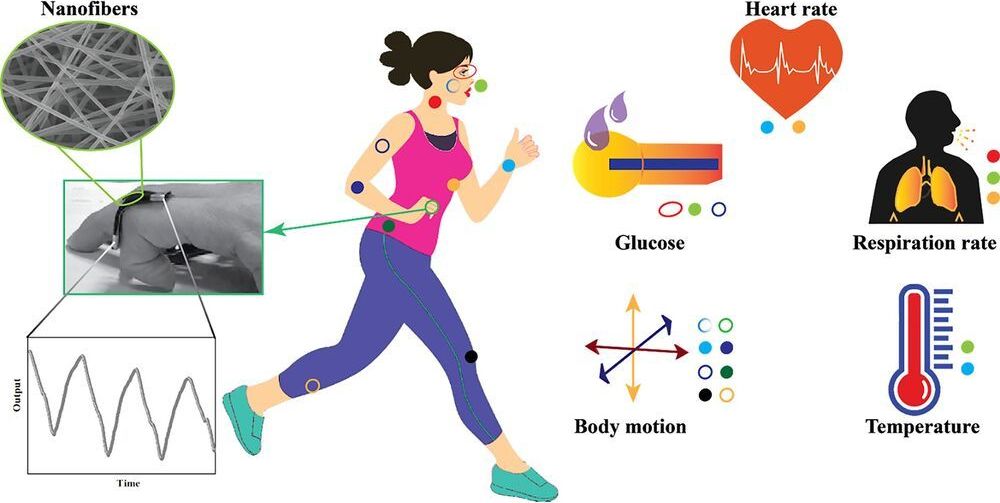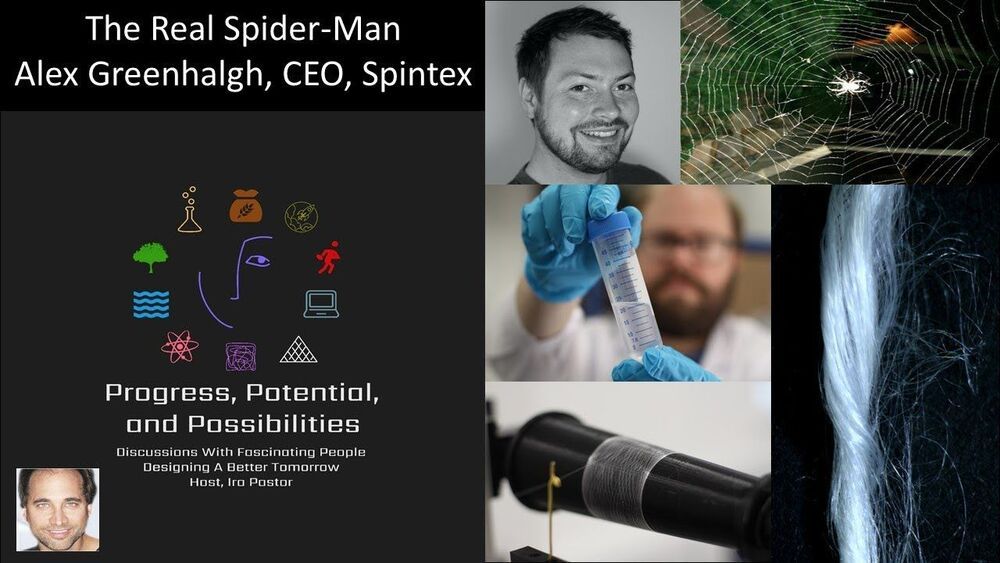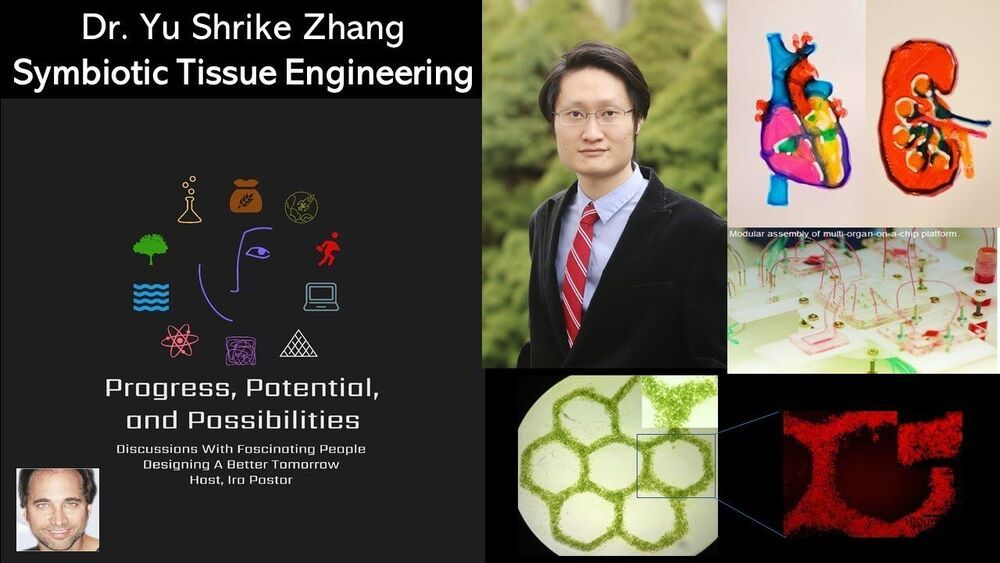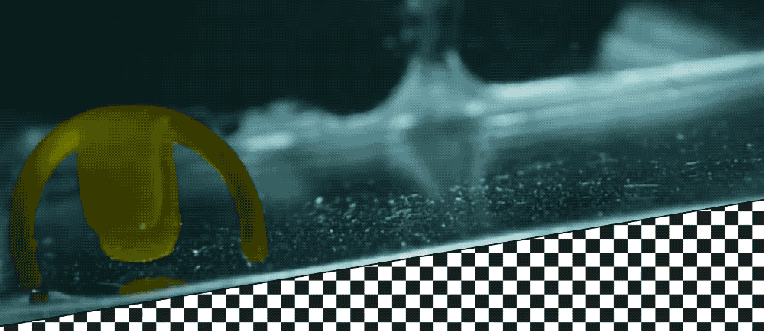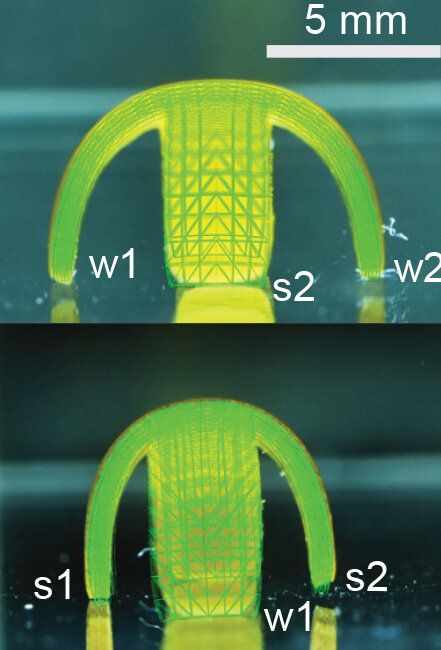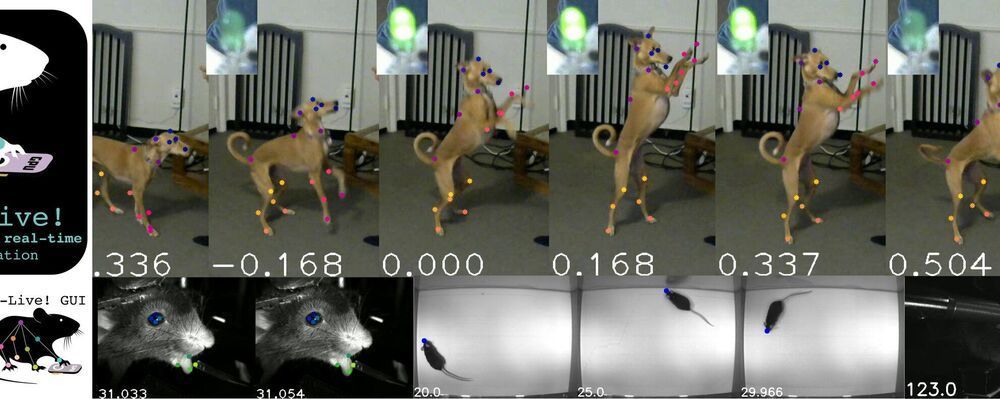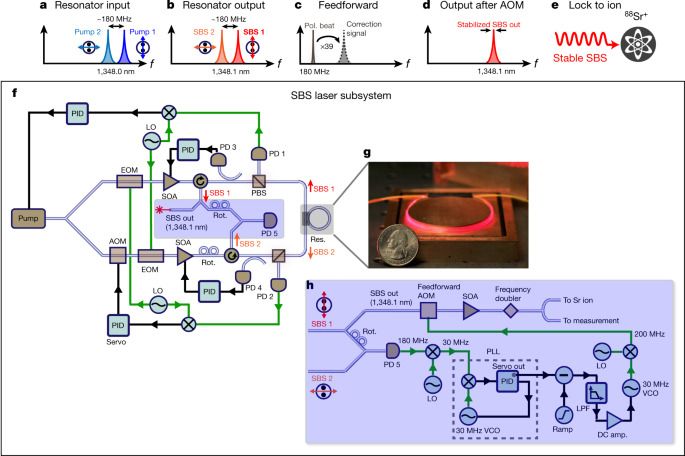Dec 10, 2020
Emerging wearable technology uses tiny fibers that can track your blood pressure, heart rate, and more
Posted by Jeff Myers in categories: biotech/medical, wearables
A shirt that monitors your blood pressure or a pair of socks that can keep track of your cholesterol levels might be just a few years away from becoming reality.
In an article published in Applied Physics Reviews, researchers examine the use of microfibers, and even smaller nanofibers, as wearable monitors that could keep track of a patient’s vital signs.
The microfiber- and nanofiber-based technology addresses growing concerns in the medical community about monitoring chronic illnesses like diabetes, asthma, obesity, and high blood pressure as the population ages.
